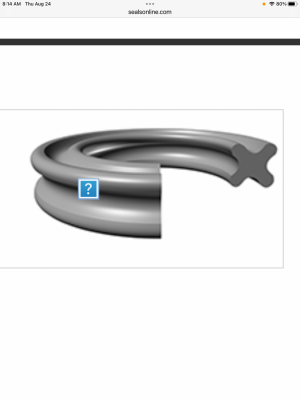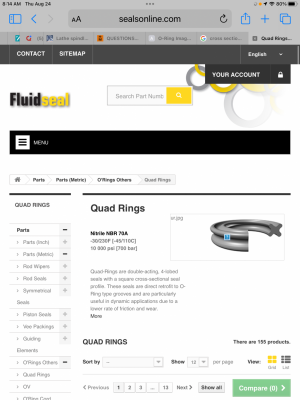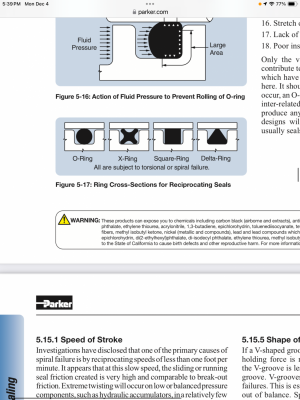For the stated use, I'd use a parting blade. However, for more serious (or fun) use, it is simple to grind a rounded bit out of HSS. It's not hard to do at all, and is very versatile. You need a grinder and some high speed steel blanks. Less than a few minutes later, you would have a custom tool for your use. Basically what @projectnut said.
-
Welcome back Guest! Did you know you can mentor other members here at H-M? If not, please check out our Relaunch of Hobby Machinist Mentoring Program!
You are using an out of date browser. It may not display this or other websites correctly.
You should upgrade or use an alternative browser.
You should upgrade or use an alternative browser.
External O-Ring Groove Lathe Tools?
- Thread starter MaverickNH
- Start date
One of my various hobbies is restoring motorcycle carburetors from the UJM (Universal Japanese Motorcycle - 1970's to mid '80's) era. Often times, the fuel Tee and fuel transfer tubes are rubber based, and old and rotten, in which cases, I whittle out new ones from brass using the lathe. To cut the O-ring grooves, I've used carbide cut-off tools, but the easiest path is a simple HSS bit, with the appropriate shape cut in. I'm no expert on making cutting tools, but even I could easily make a tool. This is the path of least resistance, in my opinion.
Here's a prototype irrigation back flow valve piston I made with an o-ring groove. Ground the tool for the groove. Can't say I did a super job on the tool, but it was good enough. The grinding took me a couple of minutes, once I found where I had stashed away the blanks. The real piston I made out of brass, and has been in service for several years now.


I ground the grooving tool to be a little wider than the o-ring. It's not hard to do.


I ground the grooving tool to be a little wider than the o-ring. It's not hard to do.
I'm with, what I think, are the majority here. When I first got started I bought an assortment of Chinese "HSS" tool blanks from 1/4" to 5/8". The 5/8 have never been used, too much grinding time. For an O-ring groove a 1/4" will work fine with minimal grinding time required. Ease the corners on a stone. On the lathe it is easy to use a stone to ease the top corners a bit. Bench grinder, dressing tool and maybe a better grinding wheel than what comes on the bench grinder. Softer wheels cut cooler but wear faster. Make yourself decent tool rests for the bench grinder.
Most o-ring grooves callout a .005” root radius, from what I have seen. I usually grind my grooving tools with an undercut in the middle of the face and make the tool narrow enough to allow a lengthwise cut giving a better finish which should be around 20 RMS.
Last edited:
Should have dug this out a few days ago; it has all of the details of what "should" be done depending on the application:
Parker O-Ring Handbook
Parker O-Ring Handbook
In general, try to follow the Handbook that @ChazzC linked. In my case, I was attempting to duplicate a failed part. It rightly or wrongly had a circular groove. So I made a tool to fit. That's the advantage of grinding your own, you are not at the mercy of a supplier, or UPS. Just make your own and get on with finishing the job.
There are many shapes that o’rings come in.All O-rings are round in profile until under pressure.
Attachments
There are many shapes that o’rings come in.




